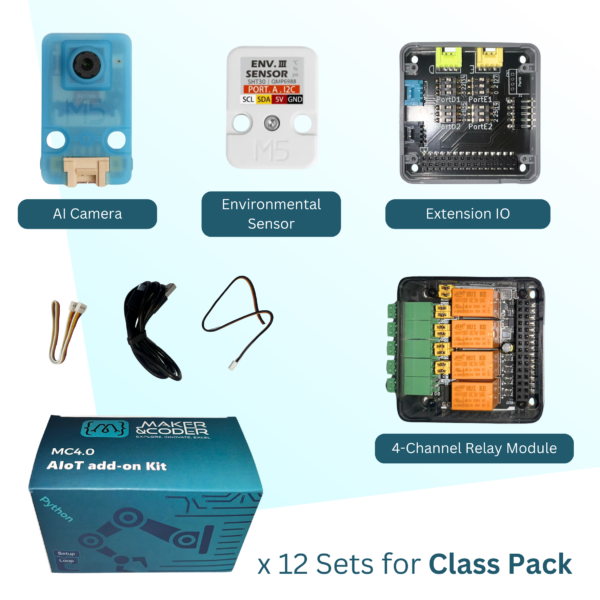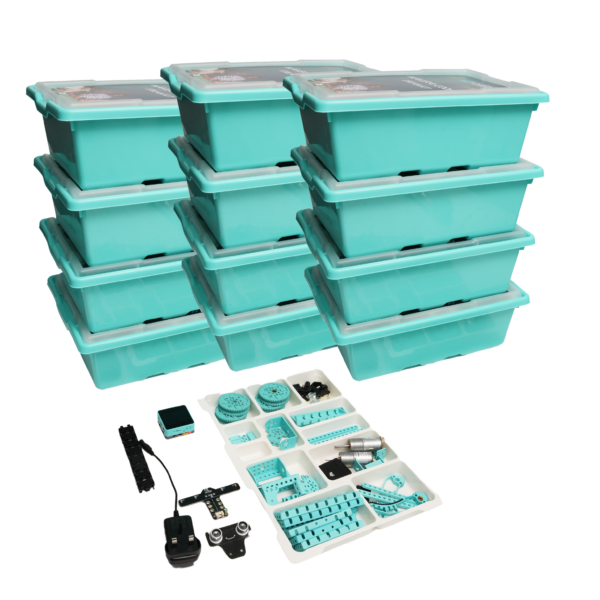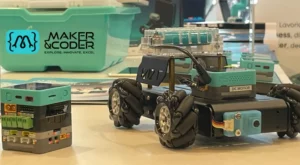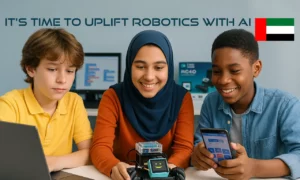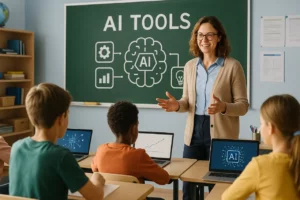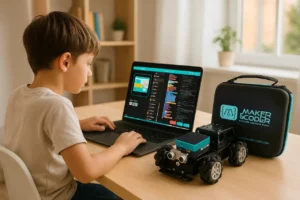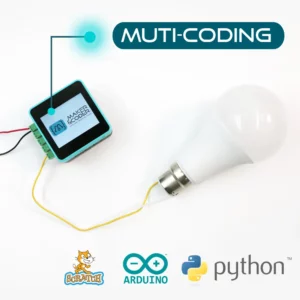In a world rapidly advancing through technological innovations, the education system must keep pace to prepare students for the challenges and opportunities of the future. From robotics to artificial intelligence, the classroom must be a dynamic space that embraces change and integrates new tools and methodologies. This blog explores the key reasons why educational environments should evolve and the role AI kits can play in this transformation.
The Role of Robotics in Modern Education
Robotics offers a hands-on learning experience that can deeply engage students. It encourages problem-solving, creativity, and collaboration—skills vital for the modern workforce. By incorporating robotics, classrooms can become more interactive and inspiring.
Over the years, robotics has transformed the way students approach learning, enabling them to see the direct impact of their efforts as they build and program machines. This tangible connection between action and outcome makes learning exciting and accessible. For many students, the joy of seeing a robot come to life is a powerful motivator, sparking curiosity and a desire to push boundaries.
AI Kits: A Catalyst for Innovative Thinking
AI kits provide students with the tools to explore artificial intelligence concepts practically. These kits can demystify complex algorithms and help students see the real-world applications of AI, thus fostering innovative and critical thinking.
Through these kits, students can experiment with AI in a manageable way, learning to build models that predict outcomes or classify data. This hands-on exploration helps demystify AI, showing that it’s not just a futuristic concept but a present-day tool everyone can learn to use. When students grasp the idea that they can create AI solutions, it opens up limitless possibilities for creativity and innovation.
By utilizing AI kits, learners gain the ability to construct and evaluate models, which are essential skills in the digital age. It empowers students to tackle complex global problems with innovative solutions, preparing them for future challenges that transcend traditional subject boundaries.
Preparing Students for Future Careers
With technology continually evolving, certain jobs will become obsolete while new roles emerge. By aligning educational practices with technological advancements, including the use of AI kits, students are better prepared for the future job market and can develop skills that are in high demand.
The shift from robotics to AI in classrooms reflects the demands of the 21st-century job market, where machine learning and automation are becoming increasingly prominent. By equipping students with AI skills, we prepare them for thriving careers in diverse fields, from data science to creative industries, ensuring they are adaptable and innovative thinkers.
Enhancing Engagement Through Technological Integration
Integrating technology such as AI kits into the classroom can make learning more engaging for students. Interactive and hands-on tools help maintain interest and enthusiasm, which are crucial for effective learning.
When students engage with technology on a practical level, using tools like interactive AI systems, they experience learning as an active process rather than a passive one. This engagement helps retain their focus and encourages deeper understanding, as they can see the direct application of concepts in real-world contexts.
Fostering Critical Thinking and Problem-Solving
AI and robotics education encourages students to think critically and solve problems. By facing challenges and finding solutions using AI kits, students develop these essential skills in a supportive and interactive environment.
Incorporating AI into education compels students to question, analyze, and explore. With the ability to simulate various scenarios using AI models, learners can test hypotheses and iterate solutions, fostering a growth mindset. This experience equips them with the skills to tackle real-world problems with confidence and creativity.
Encouraging an analytical approach to problem-solving, AI tools require students to evaluate data, often challenging them to go beyond surface-level understanding to develop deeper insights and innovative solutions that might not be immediately obvious.

